Home>Garden Essentials>How To Sprout Lettuce Seeds
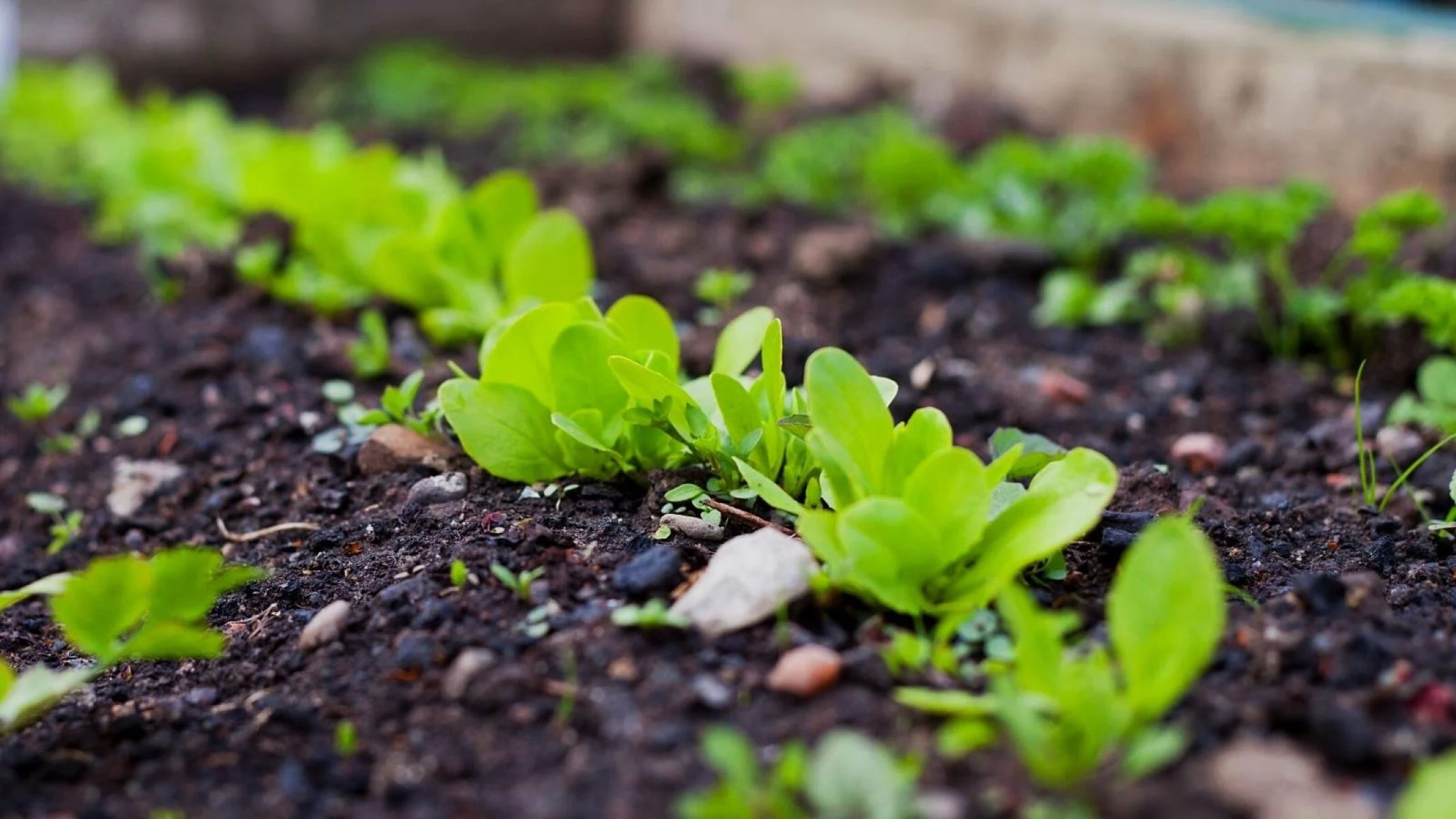

Garden Essentials
How To Sprout Lettuce Seeds
Modified: March 24, 2024
Learn how to sprout lettuce seeds in your garden and enjoy fresh, homegrown lettuce. Start your own vegetable garden today.
(Many of the links in this article redirect to a specific reviewed product. Your purchase of these products through affiliate links helps to generate commission for Storables.com, at no extra cost. Learn more)
Introduction
Welcome to the world of gardening! If you’re looking to sprout lettuce seeds, you’ve come to the right place. Growing your own lettuce is not only a rewarding experience but also a great way to ensure that you have a fresh and healthy supply of leafy greens right at your fingertips.
Sprouting lettuce seeds is a simple process that anyone, regardless of gardening experience, can do. By following a few steps and providing the right conditions, you’ll soon be enjoying the fruits of your labor in the form of crisp and delicious lettuce sprouts.
In this article, we will guide you through the sprouting process, from gathering the necessary materials to harvesting the sprouts. So, grab your gardening gloves and let’s get started!
Key Takeaways:
- Sprouting lettuce seeds is a simple and rewarding process that anyone can do, regardless of gardening experience. With the right materials and care, you can enjoy fresh and delicious lettuce sprouts at home!
- By providing the right environment, regular watering, and monitoring, you can nurture healthy lettuce sprouts ready for harvest. Enjoy the satisfaction of growing your own nutritious greens and sharing the experience with others.
Read more: How To Plant Lettuce Seeds
Step 1: Gather the necessary materials
Before you begin sprouting lettuce seeds, it’s important to gather all the necessary materials. Having everything prepared beforehand will make the process smoother and more efficient.
Here are the materials you’ll need:
- Lettuce seeds: Choose high-quality lettuce seeds from a reputable supplier. You can find a variety of lettuce seed types, such as romaine, butterhead, and leaf lettuce.
- Sprouting container: Select a container specifically designed for sprouting, such as a seed tray or a shallow tray with drainage holes. Make sure it is clean and sanitized before use.
- Seed starting mix: Use a well-draining seed starting mix to provide a suitable growing medium for the lettuce seeds.
- Water: Clean and chlorine-free water is essential for sprouting lettuce seeds.
- Misting bottle: A misting bottle will help you provide a fine mist of water to keep the seeds and sprouts moist without disturbing them.
- Labels: Use labels or markers to identify different lettuce varieties, especially if you are growing multiple types.
- Light source: Depending on your setup, you may need a grow light or access to a sunny location for adequate light during the sprouting process.
- Optional: Heat mat or germination dome can help maintain an optimal temperature for germination, especially in cooler climates.
Once you have gathered all the necessary materials, you’ll be ready to move on to the next step of the lettuce seed sprouting process.
Step 2: Prepare the sprouting container
Now that you have all your materials ready, it’s time to prepare the sprouting container for planting the lettuce seeds.
Follow these steps to prepare the sprouting container:
- Start by cleaning the sprouting container with mild soap and water. Rinse it thoroughly to remove any residue.
- Once the container is clean, fill it with a well-draining seed starting mix, leaving about half an inch of space from the top.
- Gently tamp down the soil to create a level surface. Avoid compacting it too much, as it should retain some moisture for the seeds to germinate.
- If using a tray with drainage holes, place a waterproof tray or dish beneath it to catch any excess water that drains out.
- If desired, you can lightly mist the soil with water to dampen it before planting the seeds.
By preparing the sprouting container properly, you create an ideal environment for the lettuce seeds to begin their germination process. Now, it’s time to move on to the next step: soaking the lettuce seeds.
Step 3: Soak the lettuce seeds
Soaking the lettuce seeds before planting helps to soften the seed coat and kickstart the germination process. This step is particularly crucial for lettuce seeds, as they have a tough outer shell that can sometimes delay germination.
Follow these steps to soak the lettuce seeds:
- Fill a small bowl or container with room temperature water.
- Add the lettuce seeds to the water, making sure they are fully submerged.
- Allow the seeds to soak for about 12-24 hours. This will help to hydrate the seeds and promote quicker germination.
- After the soaking period, drain the water and carefully transfer the soaked lettuce seeds onto a paper towel.
- Gently pat the seeds dry with the paper towel to remove any excess moisture.
Soaking the lettuce seeds provides the right conditions for germination and helps to improve their viability. Now that the seeds are soaked and ready, it’s time to move on to the next step: planting the soaked seeds.
Step 4: Plant the soaked seeds
Now that your lettuce seeds are soaked and ready to go, it’s time to plant them in the sprouting container.
Follow these steps to plant the soaked seeds:
- Make small indentations in the soil of the sprouting container using your finger or a wooden dowel. Space the indentations about 1 inch apart.
- Place one soaked lettuce seed into each indentation. Gently press the seed into the soil, ensuring it is covered with a thin layer of soil.
- If you are planting different lettuce varieties, label each section of the container accordingly to keep track of the different seeds.
- Once all the seeds are planted, lightly mist the soil with water to provide moisture without disturbing the seeds.
- Place the sprouting container in a location that receives bright, indirect sunlight or under grow lights if available. Lettuce seeds generally prefer cooler temperatures, around 60-70°F (15-21°C), for optimal germination.
- Optional: If the temperature in your environment is cooler, you can use a heat mat or place a germination dome over the sprouting container to provide additional warmth.
Now that you have planted the soaked seeds, it’s time to create the right environment for sprouting. Move on to the next step to find out how.
After planting lettuce seeds, keep the soil consistently moist but not waterlogged. Place the container in a warm, sunny spot and cover with a plastic dome or plastic wrap to create a greenhouse effect for faster germination.
Read more: How To Grow Lettuce Seeds
Step 5: Provide the right environment for sprouting
In order for the lettuce seeds to successfully sprout, it’s important to create the right environment that supports their growth and development.
Here are some steps to provide the right environment for sprouting:
- Ensure that the sprouting container is placed in a location that receives bright, indirect sunlight. If natural light is limited, you can use grow lights to supplement the light needs of the lettuce seeds.
- Maintain a consistent temperature of around 60-70°F (15-21°C) during the sprouting process. Avoid exposing the seeds to extreme temperature fluctuations.
- Keep the sprouting container away from drafts or strong air currents. Excessive airflow can dry out the seeds and hinder germination.
- Monitor the humidity levels in the environment. Lettuce seeds prefer a slightly moist environment, so you may need to mist the soil with water occasionally to maintain adequate moisture levels.
- Consider using a heat mat or placing a germination dome over the sprouting container if the temperature in your environment is cooler. This will help provide additional warmth and create a stable microclimate for the seeds.
By providing the right environment, you’re setting the stage for successful sprouting. Now, let’s move on to the next step: watering the seeds regularly.
Step 6: Water the seeds regularly
Proper watering is crucial for the sprouting and growth of lettuce seeds. It’s important to provide consistent moisture without overwatering, as excessive moisture can lead to root rot and other fungal diseases.
Follow these guidelines to water the seeds properly:
- Check the moisture level of the soil regularly. Stick your finger about an inch deep into the soil. If it feels dry, it’s time to water.
- Use a misting bottle or a gentle watering can with a fine nozzle to water the seeds. This helps prevent the seeds from being displaced or washed away.
- Water the soil gently, ensuring that the water reaches the seedlings’ roots without causing waterlogging. Avoid drenching the soil or creating standing water.
- Continue to monitor the soil moisture levels and water the seeds as needed. Lettuce seeds prefer consistently moist soil, so aim to keep the soil slightly damp throughout the sprouting process.
- Avoid overwatering, as this can lead to rot and other moisture-related issues. If you notice any signs of yellowing leaves or wilting, adjust your watering practices accordingly.
By providing the right amount of water, you’re fostering healthy growth and development for your lettuce seeds. Now, let’s move on to the next step: monitoring the sprouting progress.
Step 7: Monitor the sprouting progress
Monitoring the sprouting progress of your lettuce seeds is an exciting part of the sprouting process. It allows you to keep track of their growth and make adjustments as necessary.
Here are some tips to effectively monitor the sprouting progress:
- Observe the sprouting container daily and look for signs of germination. Typically, lettuce seeds will start to sprout within 7-14 days, depending on the variety and environmental conditions.
- As the seeds germinate, you’ll notice small green shoots emerging from the soil. Keep a close eye on their growth and development.
- Ensure that the sprouting container continues to receive adequate lighting and a consistent temperature to support healthy growth.
- Monitor the soil moisture levels and water as needed to maintain a slightly damp environment. Avoid overwatering, as it can lead to waterlogged soil and affect the seedlings’ health.
- Watch out for any signs of pests or diseases, such as yellowing leaves, fungal growth, or wilting. Take appropriate measures to mitigate these issues and protect your sprouts.
- Thin out the seedlings if they become overcrowded. This involves removing weaker or excess seedlings to allow the remaining sprouts more space and resources to grow.
- Continue to track the progress of your lettuce sprouts as they develop their first true leaves. This indicates that they are maturing and getting ready for eventual transplanting or harvesting.
By regularly monitoring the sprouting progress, you’ll have a better understanding of how your lettuce seeds are growing and can make any necessary adjustments to ensure their success. Now, let’s move on to the final step: harvesting the sprouts!
Step 8: Harvest the sprouts
Congratulations! It’s time to enjoy the fruits of your labor and harvest your fresh and flavorful lettuce sprouts.
Follow these steps to properly harvest your lettuce sprouts:
- Wait until the lettuce sprouts have reached the desired size. This will typically be when they have developed their first set of true leaves, about 1-2 inches in height.
- Using clean scissors or garden shears, carefully cut the lettuce sprouts just above the soil line. Be gentle to avoid damaging adjacent sprouts.
- Harvest only the amount of sprouts you need, allowing the remaining sprouts to continue growing for future harvests.
- Rinse the harvested sprouts under cool, running water to remove any dirt or debris. Pat them dry with a clean kitchen towel or paper towel.
- Store the harvested sprouts in a sealed container or plastic bag in the refrigerator. They can stay fresh for up to a week, but it’s best to use them as soon as possible for optimal taste and texture.
- When you’re ready to enjoy your lettuce sprouts, add them to salads, sandwiches, wraps, or any dish that could benefit from their crispness and flavor.
Remember to save a few lettuce sprouts to use as future seed sources so you can continue growing your own fresh and nutritious lettuce.
Congratulations on successfully sprouting and harvesting your lettuce! It’s a gratifying experience to enjoy homegrown produce, and you can be proud of your green thumb skills. Happy gardening!
Read more: How Long For Seeds To Sprout
Conclusion
Growing lettuce from seed to sprouts is a fulfilling and rewarding journey that allows you to experience the joy of cultivating your own fresh, nutritious greens. By following the steps outlined in this guide, you have gained the knowledge and confidence to successfully sprout lettuce seeds and harvest delicious sprouts.
Remember, it all starts with gathering the necessary materials, preparing the sprouting container, soaking the seeds, and planting them in a suitable environment. Regular watering, monitoring, and providing the right conditions will help you nurture healthy lettuce sprouts that are ready for harvest.
Take pleasure in watching the progress of your sprouts as they grow and develop their vibrant green leaves. Once they reach the desired size, carefully harvest them and incorporate them into your favorite dishes for a burst of freshness and flavor.
Don’t forget to savor the experience and share it with others. Homegrown lettuce sprouts not only offer superior taste and nutritional value but also help lessen our reliance on store-bought produce, reducing our carbon footprint.
So, whether you have a spacious garden or a small balcony, sprouting lettuce seeds is an accessible way to connect with nature, get your hands dirty, and experience the joy of growing your own food. Embrace the process, learn from each step, and bask in the satisfaction of nurturing life from seed to sprout.
Now, it’s your turn to embark on this green adventure. Grab your lettuce seeds, gather your materials, and let the magic of sprouting begin. Happy gardening!
Frequently Asked Questions about How To Sprout Lettuce Seeds
Was this page helpful?
At Storables.com, we guarantee accurate and reliable information. Our content, validated by Expert Board Contributors, is crafted following stringent Editorial Policies. We're committed to providing you with well-researched, expert-backed insights for all your informational needs.
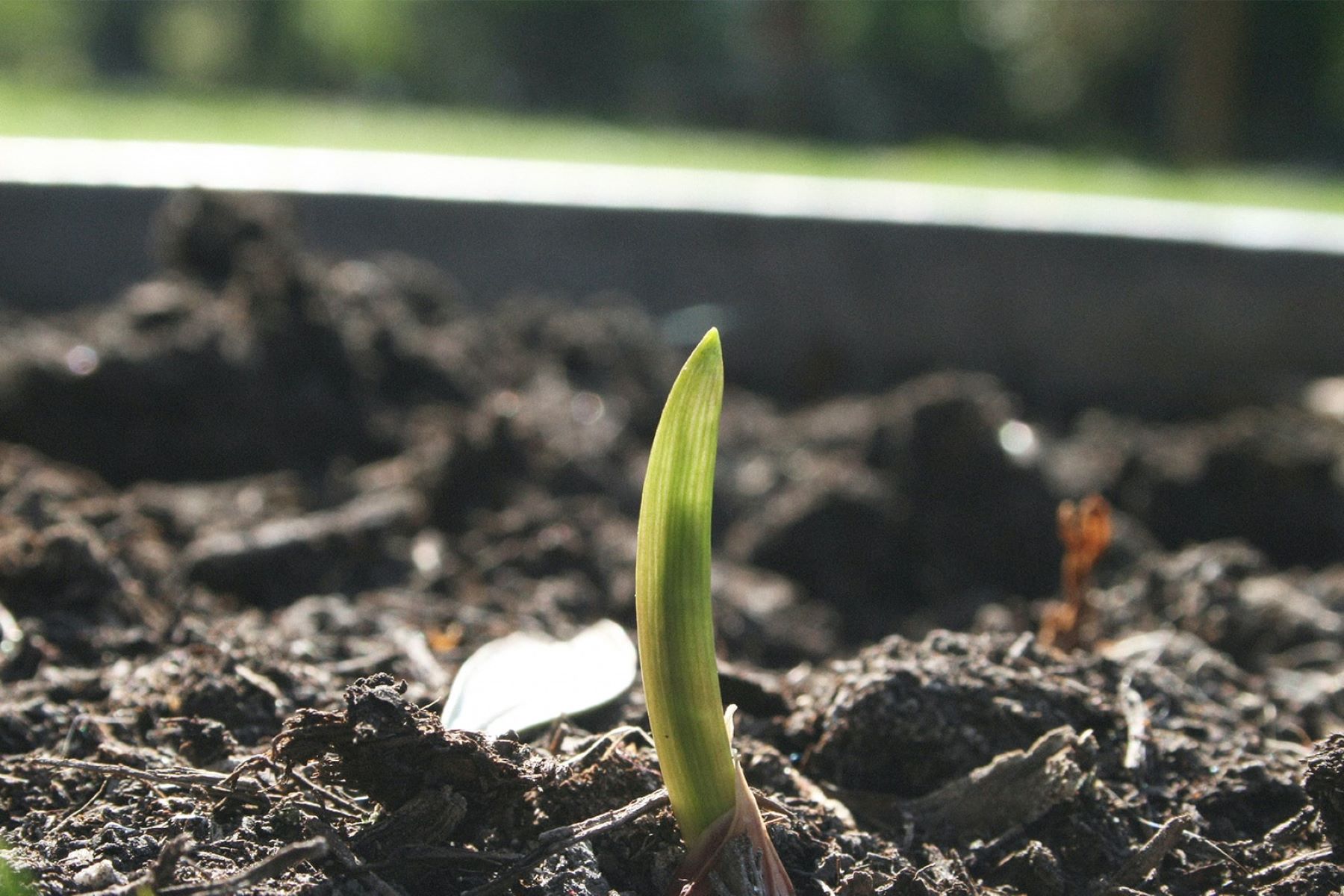
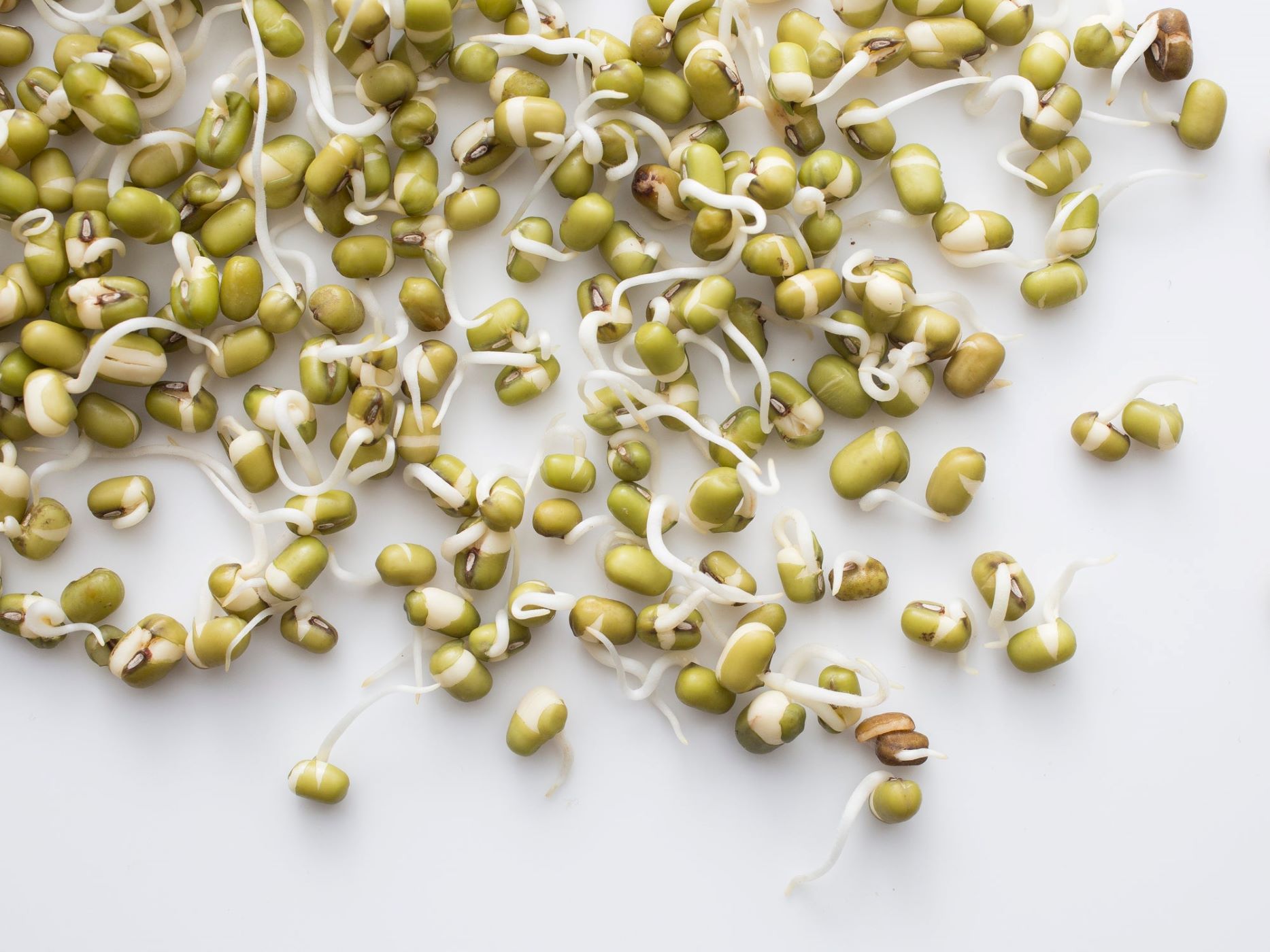
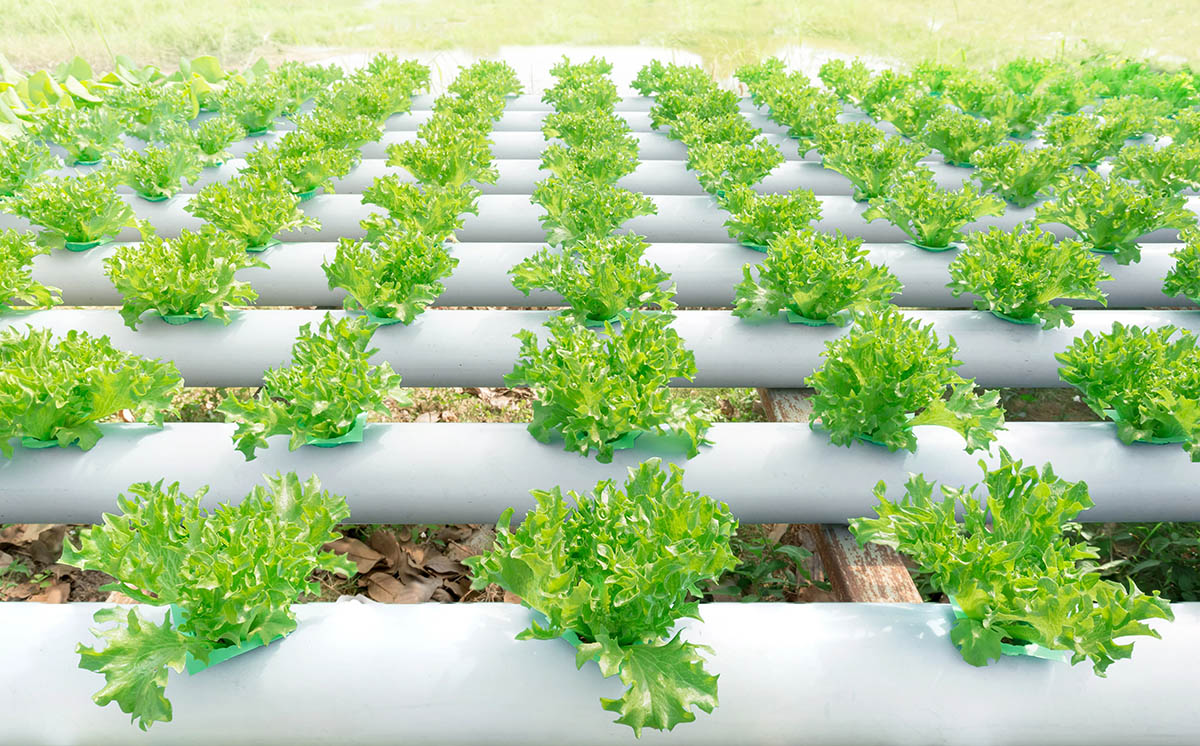
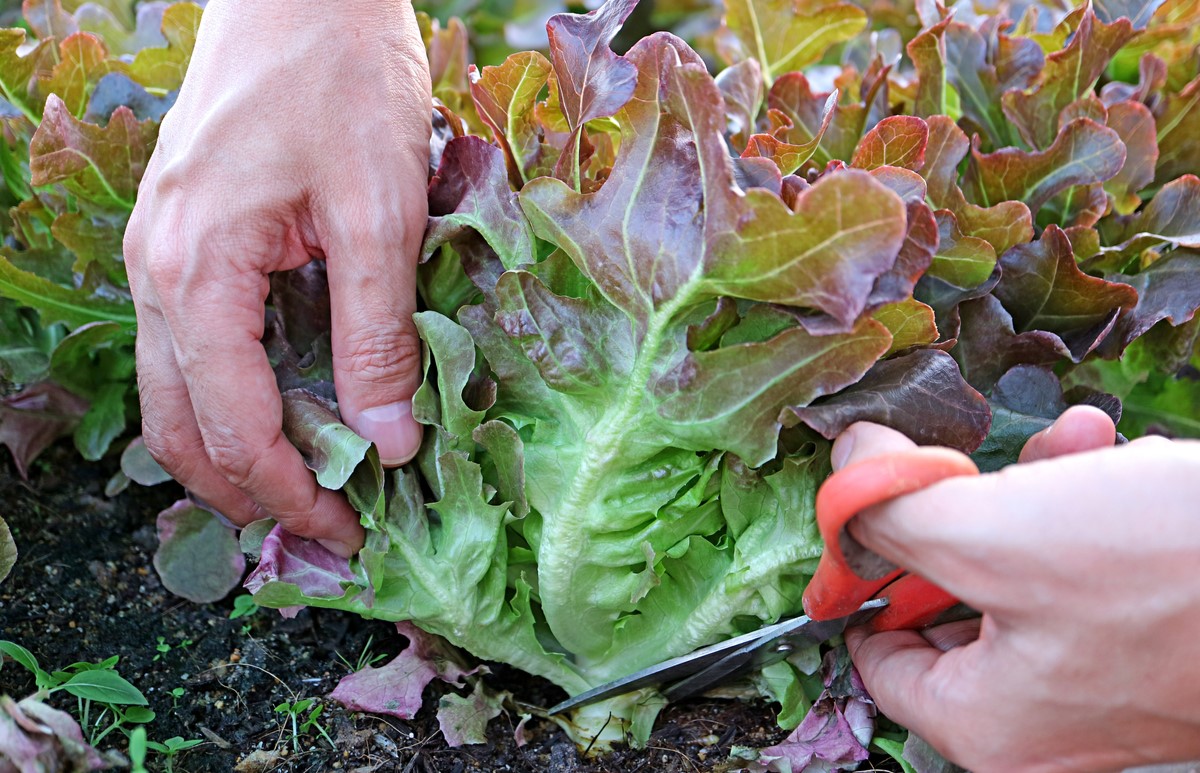
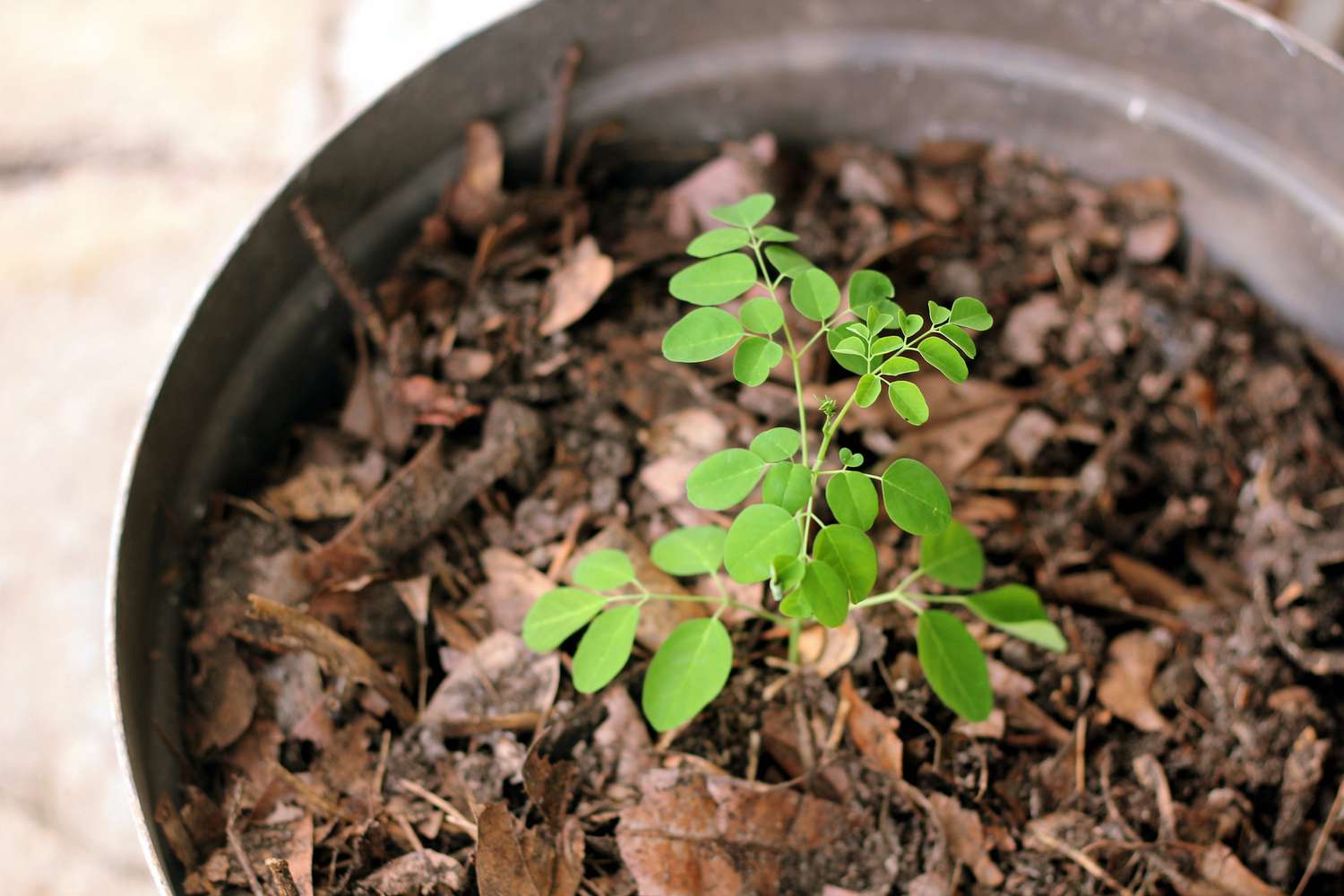
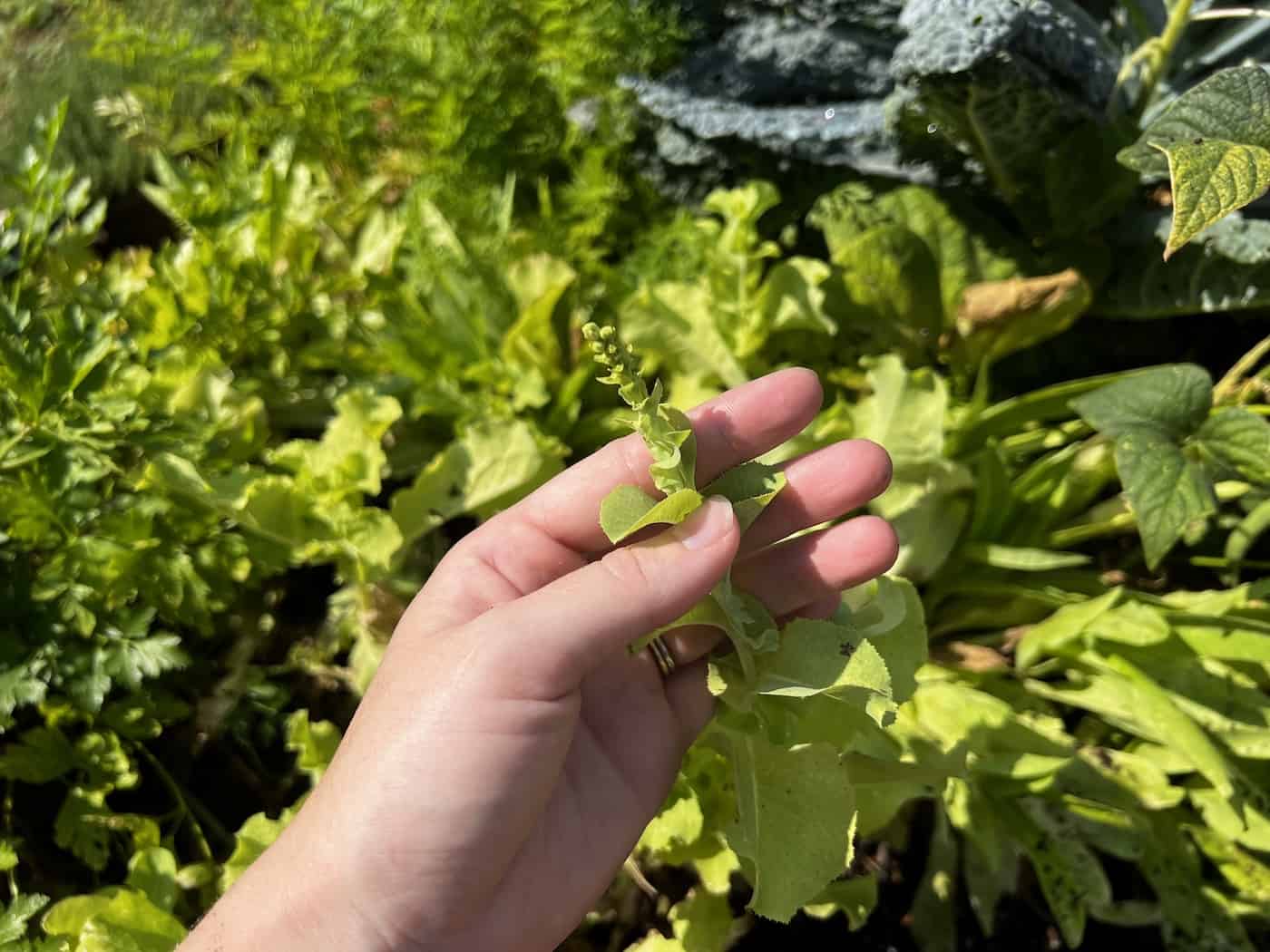
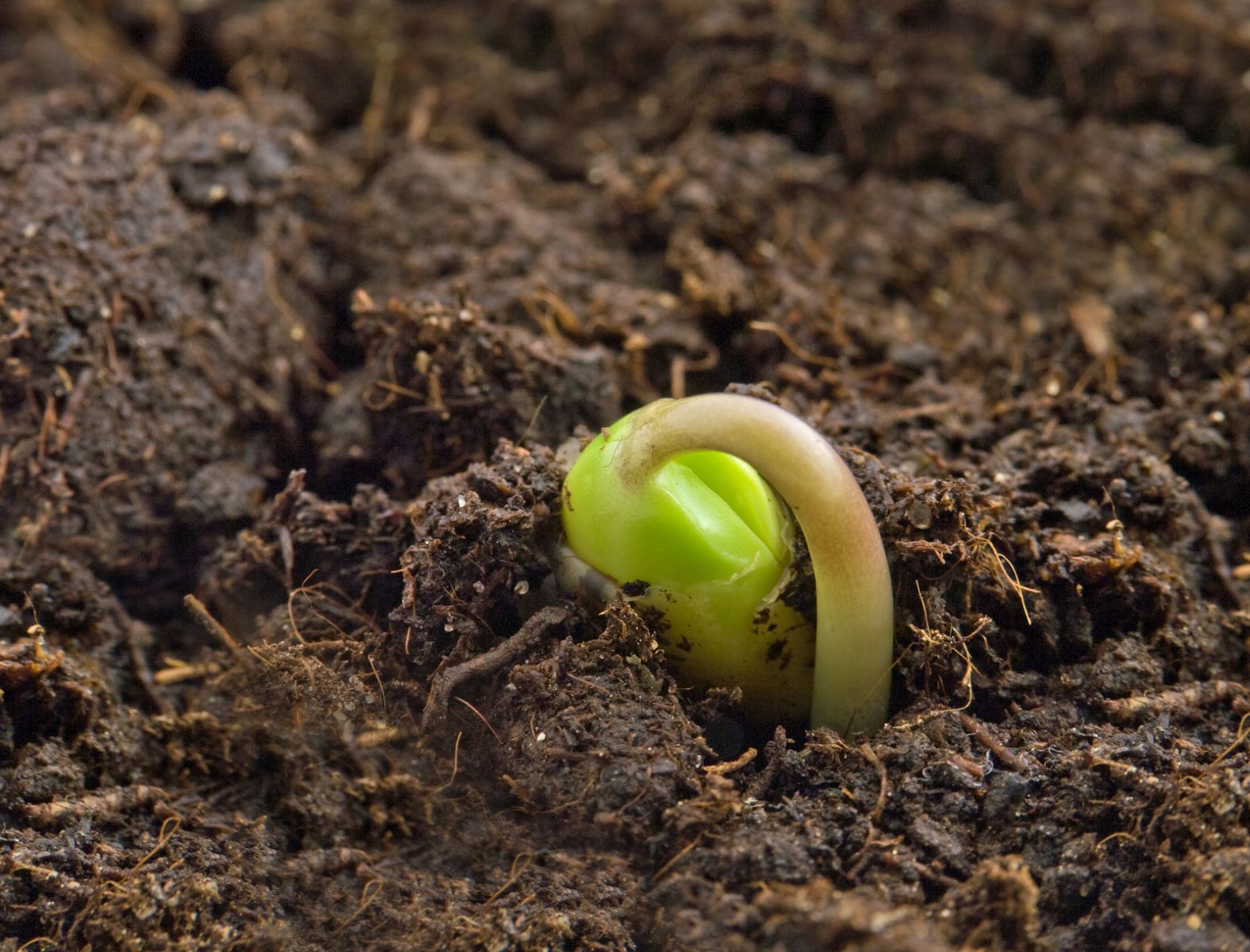
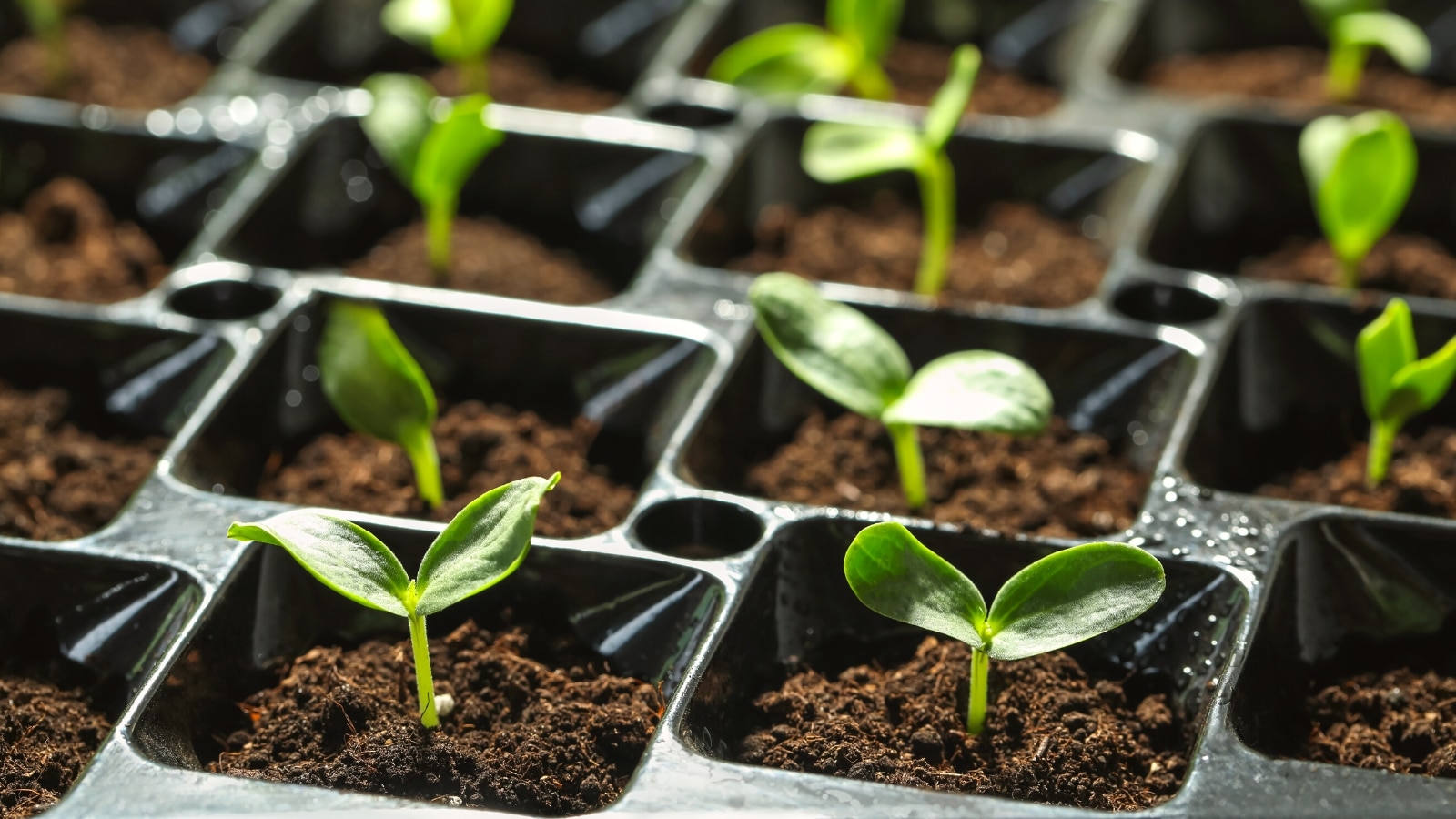
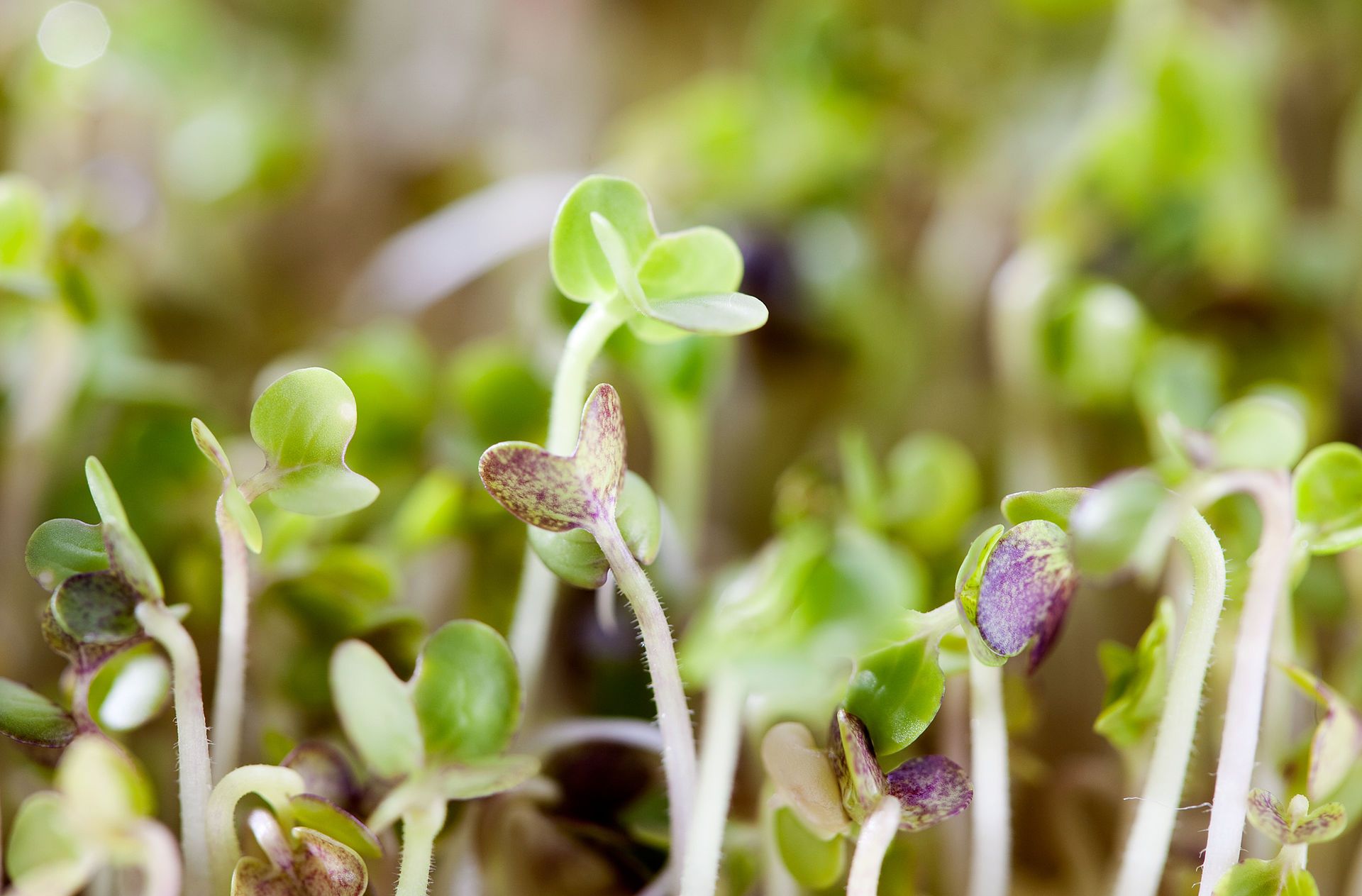
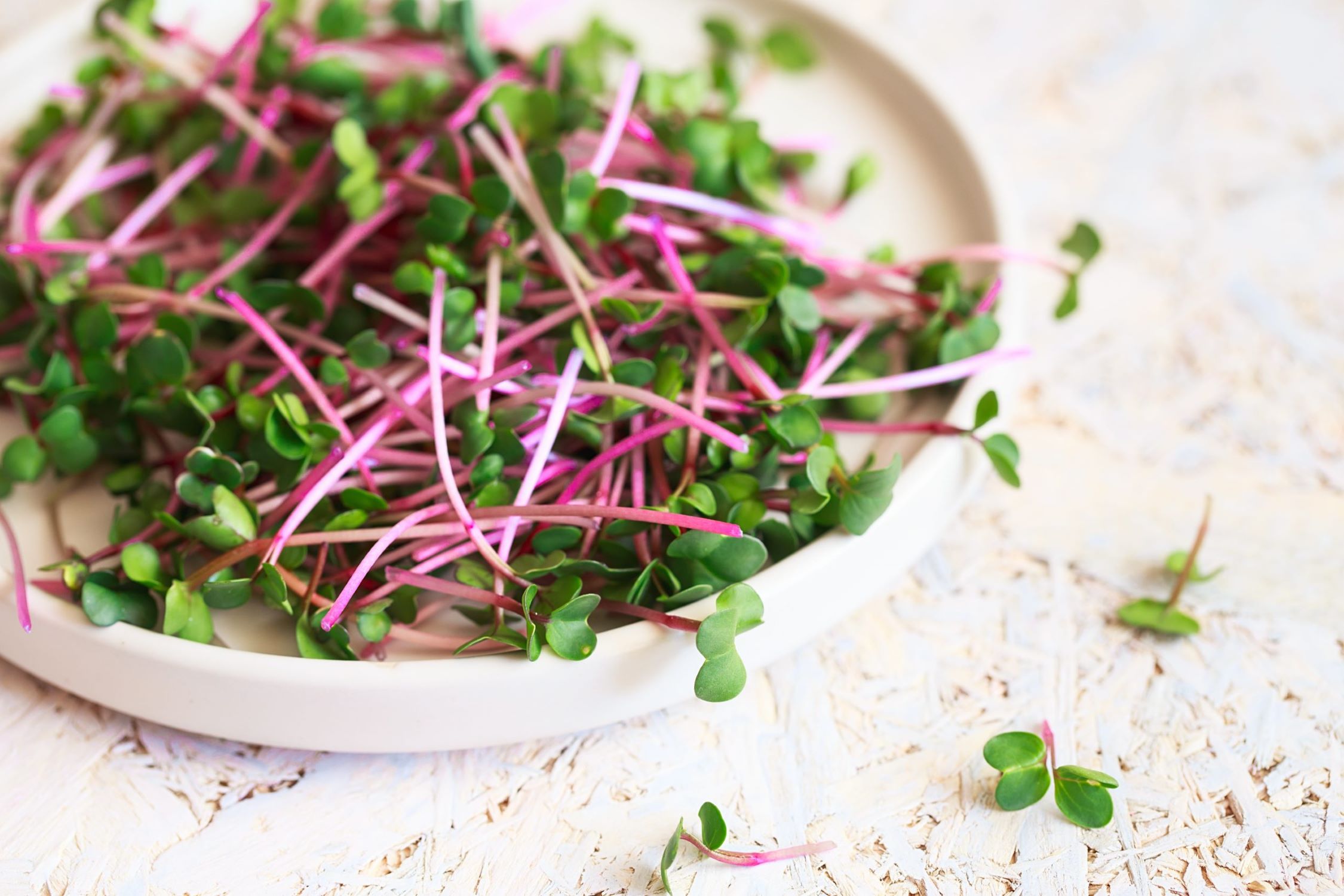
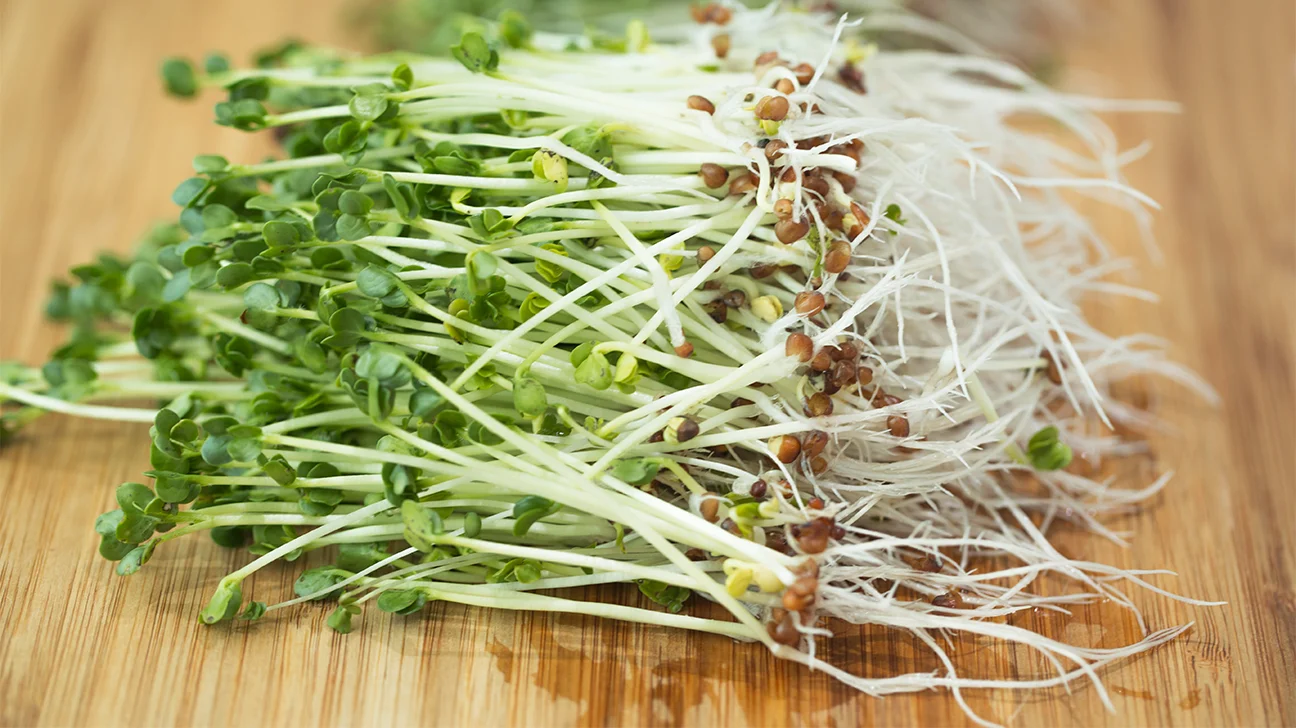
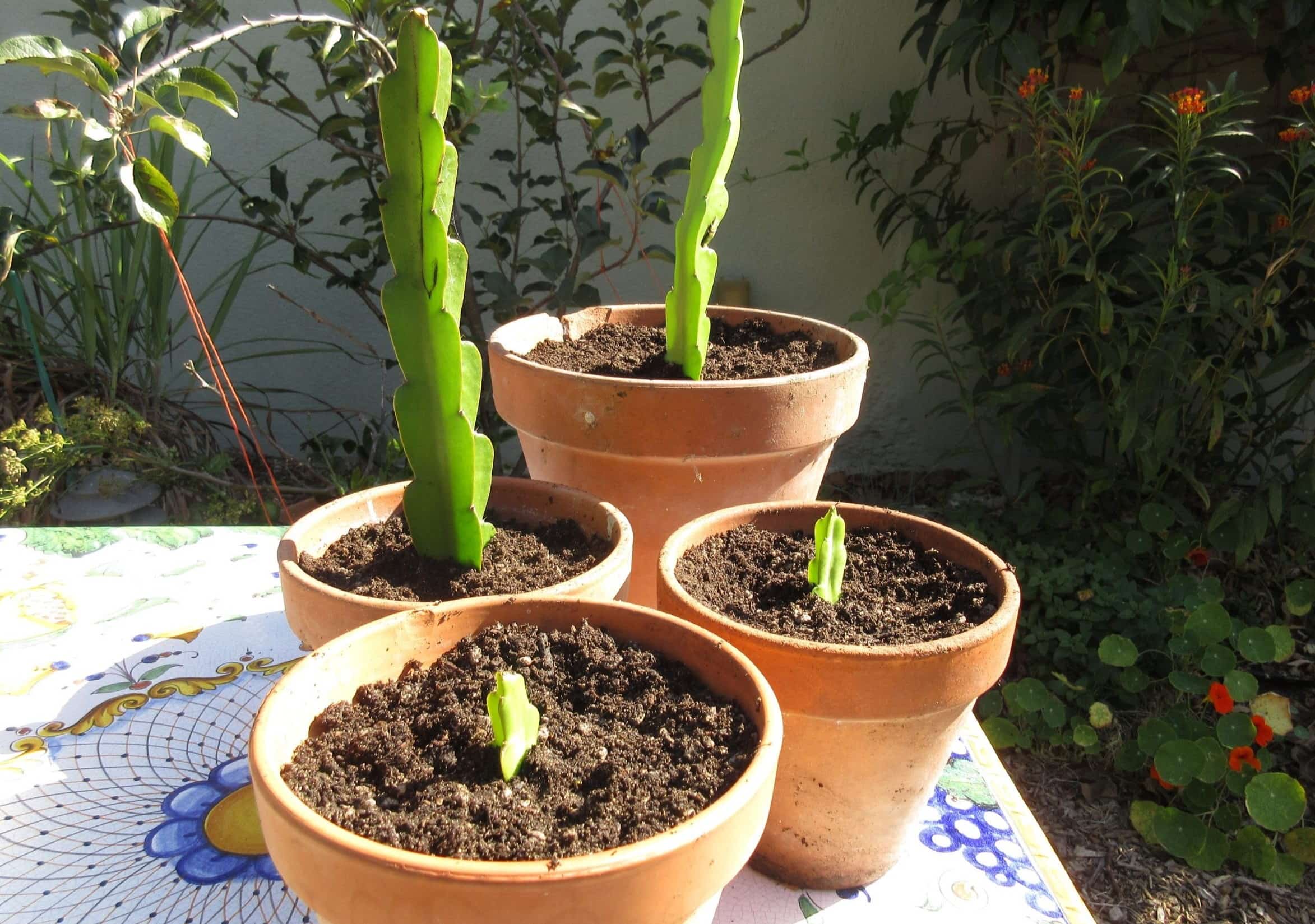
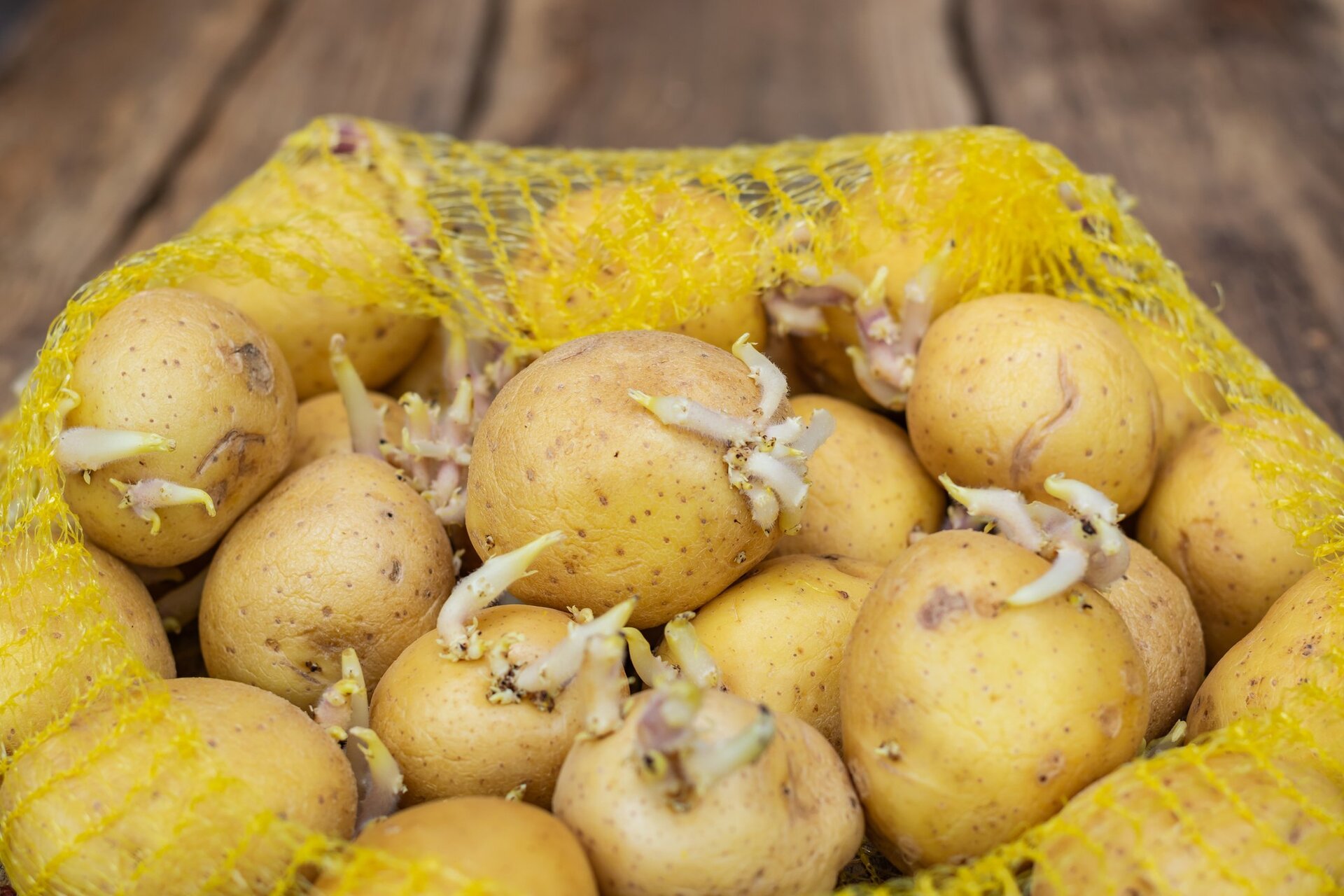

0 thoughts on “How To Sprout Lettuce Seeds”